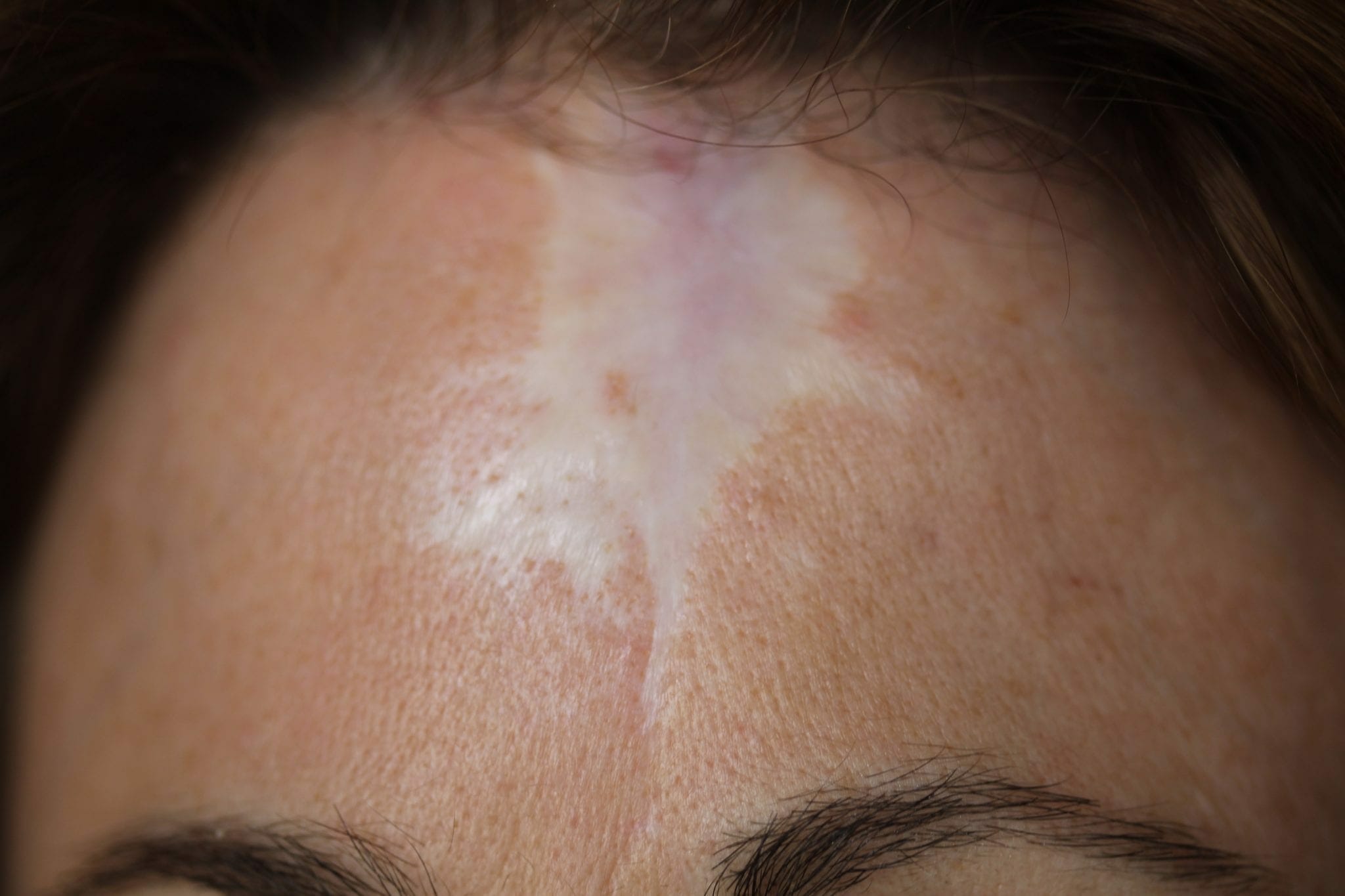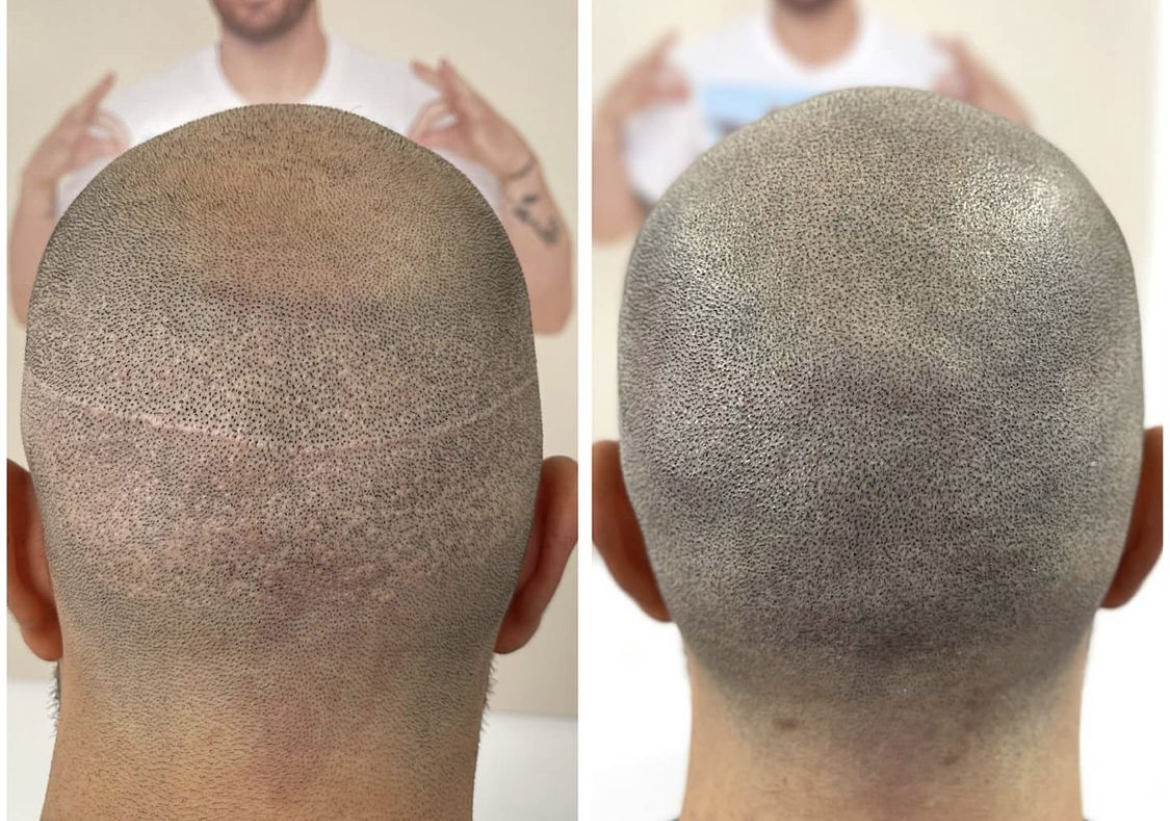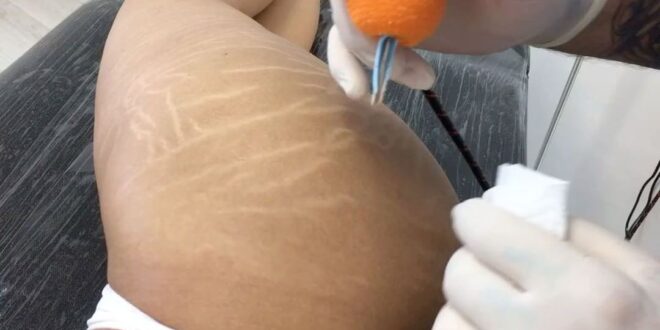Scars can be a difficult obstacle to overcome, both physically and emotionally. For those who have been struggling with the appearance of their scars, there is now hope in the form of micropigmentation.
Micropigmentation is a procedure that uses specialized pigment to camouflage scarring on any part of the body. This method provides an effective way for people to restore confidence by correcting the unwanted look that scarring brings.
It has become increasingly popular due to its safe application process and natural-looking results, allowing individuals to move forward without being inhibited by physical deformities caused by scars.
Introduction to Micropigmentation for Scar Camouflage
Micropigmentation, also referred to as permanent makeup or cosmetic tattooing, is a corrective procedure used for scar camouflage. It involves the use of tiny pigment particles that are applied to the skin’s dermis layer using a specialized machine with an ultra-fine needle.
This results in natural-looking colors and shapes that can be customized to match your existing skin color and texture. The pigment not only camouflages existing scars but also helps protect them from further damage due to exposure to sunlight or other environmental factors.
Micropigmentation treatments have been found effective at reducing the visibility of scars caused by burns, surgery, injury, or acne. With regular maintenance visits every few months, micro pigmentation can provide long-lasting results that look nearly undetectable compared to your surrounding skin tone and texture.
As such, it has become increasingly popular among those who wish to improve their appearance without having to undergo invasive surgical procedures or take medication.
Assessment of Scar Type and Skin Tone

When it comes to assessing scar type and skin tone, a micropigmentation specialist must take many factors into account. Every individual’s skin type will be unique, as well as the depth and severity of their scars. Skin tones could range from light ivory to rich mahogany, while the scarring might be anything from light keloid bumps to deep pitted depressions.
Visual assessment is critical when considering corrective procedures such as micro pigmentation camouflage for scars. The technician must consider each case individually to determine what colors and techniques would best blend with an individual’s natural complexion to provide maximum coverage of any visible scars or tissue irregularities.
In some cases, this may mean blending multiple pigments to achieve optimal results, while other times it may require more simple approaches utilizing only one color or shade that matches closest with the patient’s natural skin tone. Each situation is unique and therefore requires careful consideration by professionals who specialize in micropigmentation and are experienced enough to make correct assessments and decisions on how best to proceed with treatment for each patient based on his/her particular needs.
Preparing the Treatment Area
Before beginning a micropigmentation procedure to camouflage a scar, the treatment area must be thoroughly prepared. The skin should be cleaned with an antibacterial solution and then dried; any surrounding hair should be removed from the area as well.
Additionally, if you plan on using topical numbing cream or injections for pain relief, they should also be administered before starting the procedure. To ensure optimal results, all equipment must be sterile, and disposable needles are recommended for safety reasons.
Finally, check that your client’s skin tone matches the pigment color before carrying out any treatments – this will give them their desired results while avoiding permanent damage to their skin.
Aftercare Instructions for Optimal Results

After undergoing a corrective procedure with micropigmentation to camouflage scars, there are several steps you can take to ensure the best possible results and longevity. Firstly, it is important to keep the area clean and dry; not washing or wetting the treated area for at least 24 hours after treatment.
After that time has passed, you should gently wash once daily with a mild cleanser such as Cetaphil. It is also recommended that you avoid any activities that may cause excessive sweating or friction on the treated area; this includes exercise and hot tubs/saunas.
Sun exposure should be avoided if possible, however, if it cannot be completely avoided then use SPF 30 sunblock when outdoors on sunny days. Lastly, exfoliation products (such as AHA) should also be avoided near the treated area since they can lead to fading of your results more quickly than normal.
By following these simple instructions you will maintain optimal results from your scar camouflage treatment for longer!
Conclusion
Overall, micropigmentare is an effective way to camouflage scars and discolorations. It has proven results with minimal side effects or risks.
The procedure involves the use of small needles and pigments that are applied to the toer to cover up any existing flaws or imperfections. Through this process, people can regain their confidence by concealing those areas that they may feel self-conscious about.
Micropigmentation is a safe and reliable option for anyone looking for cosmetic enhancement without having to go through surgical procedures.
 Howl Movie
Howl Movie




